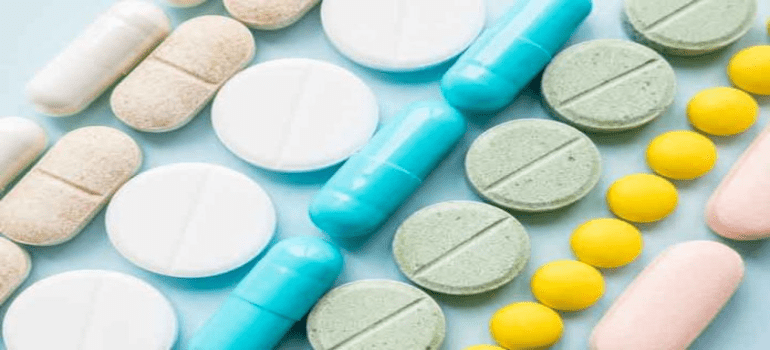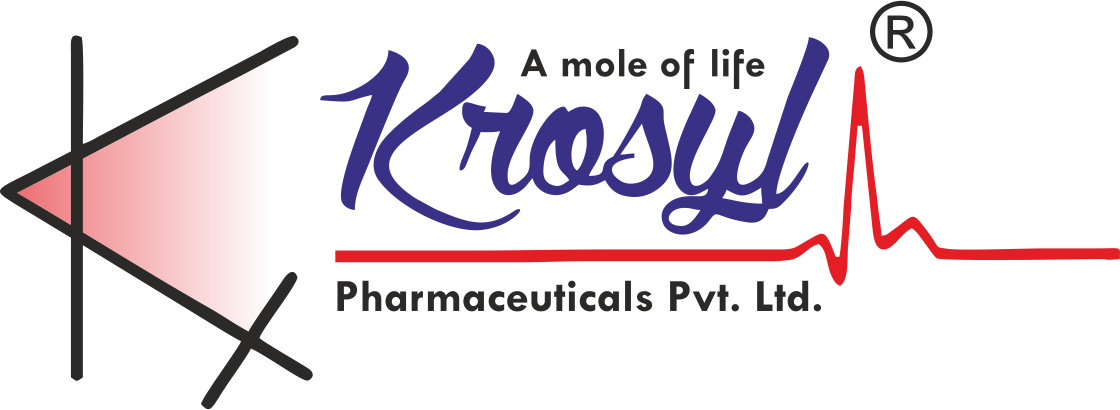
Drug categories and its use
Analgesics : The two main Category are: non-narcotic analgesics for mild pain, and narcotic analgesics for severe pain. The main use of Analgesics Drugs is to relieve from pain.
Antacids: Antacid Drugs are that relieve Acidity, indigestion, and heartburn by neutralizing tummy acid.
Anti-Inflammatories : Anti-inflammatory is the property of a substance or treatment that reduces inflammation or swelling.
Antiarrhythmics : Antiarrhythmics Drugs utilized to treat unusual heart rhythms resulting from irregular electrical activity of the heart. They may either kill or inhibit the growth of bacteria.
Antibiotics: Antibiotics Drugs are that which fights against bacterial infections in people and animals. They kill the bacteria or make it harder for the bacteria to Spread and multiply.
Some antibiotics are effective only against limited types of bacteria. Others, known as broad spectrum antibiotics, are effective against a wide range of bacteria.
Anticoagulants and Thrombolytics : Anticoagulants is known for blood thinners, they are chemical substances that prevent or reduce coagulation of blood, prolonging the clotting time.
Thrombolytics help dissolve and disperse blood clots and may be prescribed for patients with recent arterial or venous thrombosis.
Anticonvulsants : Anticonvulsants Drugs are prevent epileptic seizures.
Anticonvulsants use increased in the treatment of bipolar disorder and borderline personality disorder, since many seem to act as mood stabilizers, and for the treatment of neuropathic pain.
Antidepressants : Antidepressants are used to treat or prevent depression.
There are three main groups of mood-lifting antidepressants: tricyclics, monoamine oxidase inhibitors, and selective serotonin reuptake inhibitors (SSRIs).
Antidiarrheals : Two main types of antidiarrheal preparations are simple adsorbent substances and drugs that slow down the contractions of the bowel muscles so that the contents are propelled more slowly. Antidiarrheals are used for the relief & treat diarrhea.
Antiemetics : This drugs are used to treat nausea and vomiting.
Antifungals : An antifungal drugs which is also known as an antimycotic medication it is used to treat and prevent mycosis such as athlete’s foot, ringworm, candidiasis (thrush), serious systemic infections such as cryptococcal meningitis, and others.,
Antihistamines : Drugs used primarily to counteract the effects of histamine, one of the chemicals involved in allergic reactions.
Antihypertensives : Antihypertensive used to prevent the complications of high blood pressure, such as stroke and myocardial infarction.
Antineoplastics : Antineoplastics Drugs used to treat cancer.
Antipyretics : Drugs that are used to reduce body temperature in fever.
Antivirals : This medications used to treat viral Infection or to provide temporary protection against infections such as Flu.
Anxiolytic Drugs : Antianxiety Drugs are that defeat & Reduce anxiety and relax muscles.
Beta-Blockers : Beta blockers, are medications that reduce your blood pressure, They also known as beta-adrenergic blocking agents.
Bronchodilators : Bronchodilators used to treat long-term conditions where the airways may become narrow and inflamed, such as: asthma – a common lung condition caused by inflammation of the airways.
Corticosteroids : Corticosteroids reduce immune system activity. Corticosteroids are a class of drug that lowers inflammation in the body
Cytotoxics : Cytotoxic drugs capable of damaging or killing cells. These can be used in the treatment of cancer because their effect is greatest on cells which are reproducing most rapidly.
Decongestants : Drugs that reduce swelling of the mucous membranes that line the nose by constricting blood vessels, thus relieving nasal stuffiness.
Diuretics : A diuretic is any substance that promotes diuresis, the increased production of urine. This includes forced diuresis. There are several categories of diuretics. All diuretics increase the excretion of water from bodies, although each class does so in a distinct way.
Expectorant : An expectorant drug is a type of cough medicine that thins and loosens mucus. Expectorant medications are typically used to treat the effects of chest congestion, especially when symptoms are caused by persistent mucus.
Hypoglycemics (Oral) : Hypoglycemics Drugs that lower the level of glucose in the blood. Oral hypoglycemic drugs are used in diabetes mellitus if it cannot be controlled by diet alone, but does require treatment with injections of insulin.
Immunosuppressives : Immunosuppressive drugs, also known as immunosuppressive agents,
This Drugs prevent or reduce the body’s normal reaction to invasion by disease or by foreign tissues.
Laxatives : Laxatives, purgatives, or aperients are substances that loosen stools and increase bowel movements. They are used to treat and prevent constipation.
Muscle Relaxants : A muscle relaxant is a drug that affects skeletal muscle function and decreases the muscle tone. It may be used to alleviate symptoms such as muscle spasms, pain, and hyperreflexia.
Tranquilizer : A tranquilizer refers to a drug which is used for the treatment of anxiety, fear, tension, agitation, and disturbances of the mind, specifically to reduce states of anxiety and tension.
Vitamins : Vitamins and minerals are considered essential nutrients—because acting in concert, they perform hundreds of roles in the body. They help shore up bones, heal wounds, and bolster your immune system. They also convert food into energy, and repair cellular damage.
